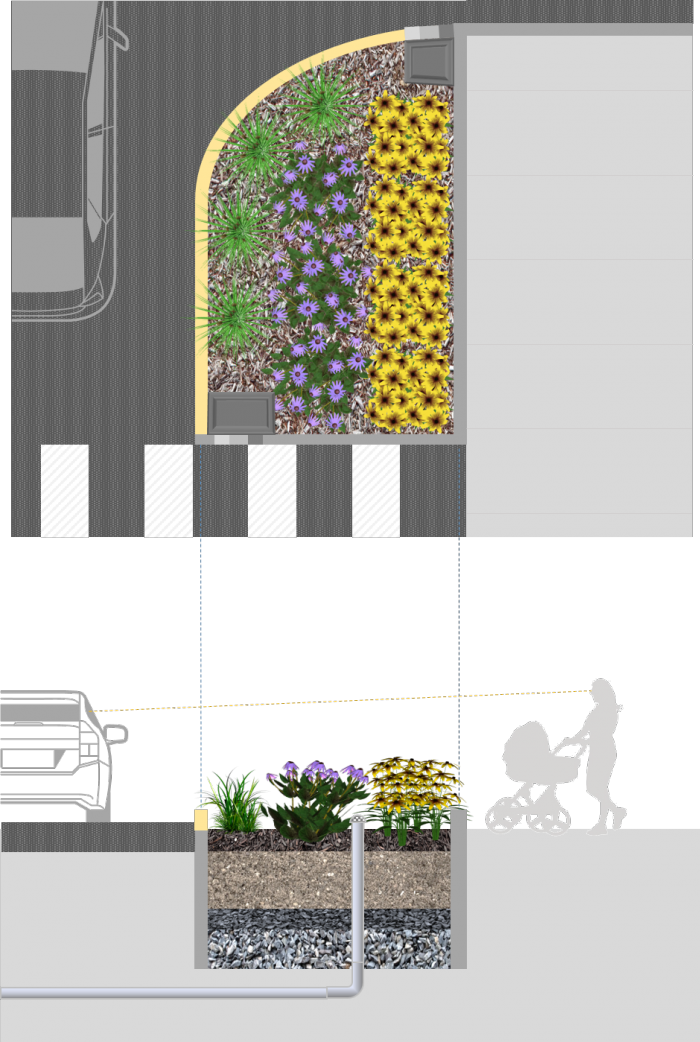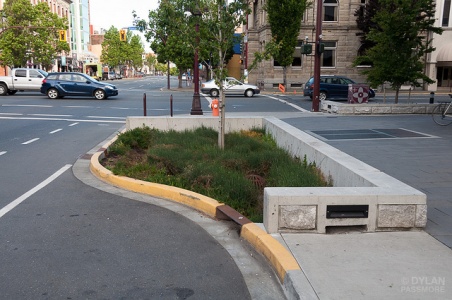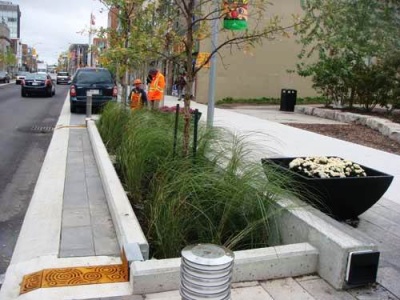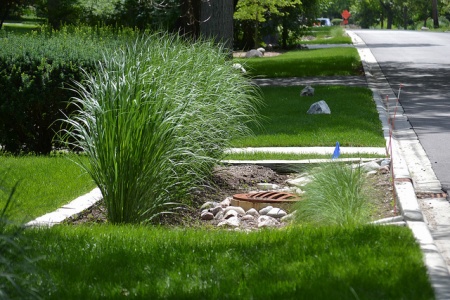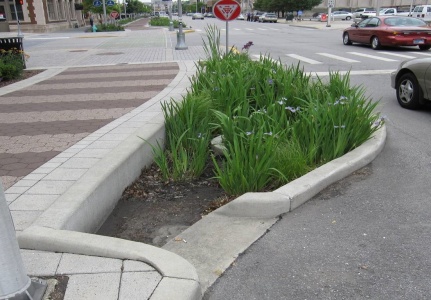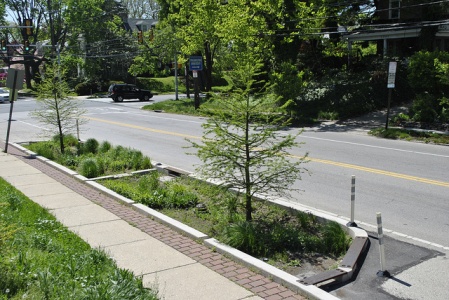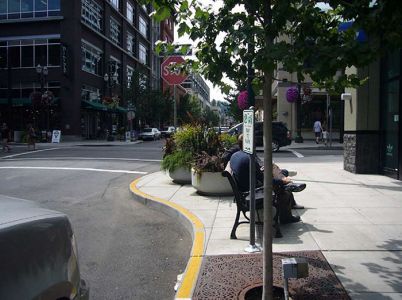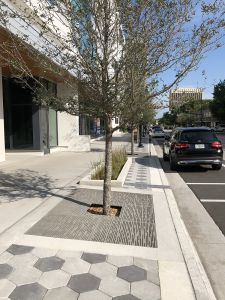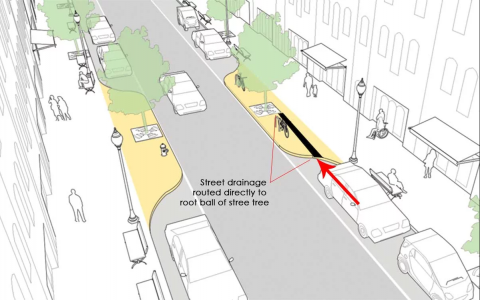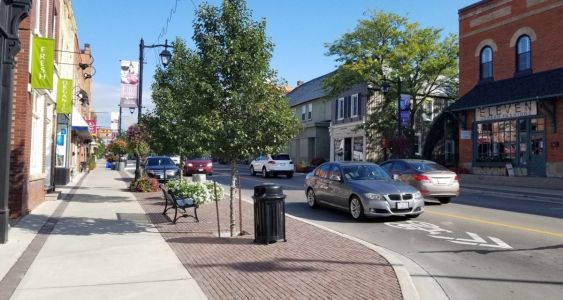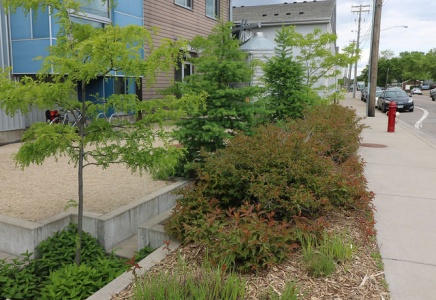Difference between revisions of "Bioretention: Streetscapes"
Jenny Hill (talk | contribs) m |
Jenny Hill (talk | contribs) m |
||
| (37 intermediate revisions by the same user not shown) | |||
| Line 5: | Line 5: | ||
rect 544 56 606 114 [[Forebays]] | rect 544 56 606 114 [[Forebays]] | ||
rect 366 579 282 529 [[Forebays]] | rect 366 579 282 529 [[Forebays]] | ||
| − | poly 378 571 486 571 602 577 599 130 504 124 493 206 390 209 371 362 [[ | + | poly 378 571 486 571 602 577 599 130 504 124 493 206 390 209 371 362 [[Perennials: List]] |
| − | poly 459 1110 363 1111 366 1030 594 1025 599 1109 496 1110 497 1092 465 1093 [[ | + | poly 459 1110 363 1111 366 1030 594 1025 599 1109 496 1110 497 1092 465 1093 [[Perennials: List]] |
poly 285 469 362 472 354 335 375 203 478 191 492 74 393 109 334 159 297 224 285 291 [[Graminoids: List]] | poly 285 469 362 472 354 335 375 203 478 191 492 74 393 109 334 159 297 224 285 291 [[Graminoids: List]] | ||
rect 287 1040 353 1114 [[Graminoids: List]] | rect 287 1040 353 1114 [[Graminoids: List]] | ||
rect 279 1114 470 1142 [[Mulch]] | rect 279 1114 470 1142 [[Mulch]] | ||
| − | rect 492 1115 | + | rect 492 1115 600 1141 [[Mulch]] |
rect 282 1145 468 1217 [[Bioretention: Filter media]] | rect 282 1145 468 1217 [[Bioretention: Filter media]] | ||
rect 491 1147 603 1217 [[Bioretention: Filter media]] | rect 491 1147 603 1217 [[Bioretention: Filter media]] | ||
| Line 17: | Line 17: | ||
rect 282 1250 469 1299 [[Reservoir gravel]] | rect 282 1250 469 1299 [[Reservoir gravel]] | ||
rect 491 1250 602 1299 [[Reservoir gravel]] | rect 491 1250 602 1299 [[Reservoir gravel]] | ||
| − | poly 3 1325 471 1322 474 1292 474 1096 487 1095 487 1339 3 1340 [[Overflow | + | poly 3 1325 471 1322 474 1292 474 1096 487 1095 487 1339 3 1340 [[Overflow]] |
</imagemap> | </imagemap> | ||
| + | {{TOClimit|2}} | ||
| + | Hydraulically separated or connected with an [[underdrain]], these are often quite small units of 5 - 50 m<sup>2</sup> each. In urban settings the bioretention may be bounded entirely with hardscape, restricting options for [[pretreatment]] and sheet flow. Amenity and safety can be enhanced on sidewalks with a short (~ 45 cm wall) for seating, although the finished grade is usually only slightly lower than surroundings. Where underground space permits, shade [[trees]] are common feature of these facilities, enhancing the streetscape experience and optimizing transpiration. This type of bioretention is often designed offline, with bypass [[overflow]]. | ||
| + | An excellent opportunity for integrating more bioretention into the street is through careful design of curb extensions for traffic control. See [[Roadside safety]] for design advice specific to this application. | ||
| − | + | ==Gallery== | |
| − | + | {{:Curb extensions: Gallery}} | |
| − | + | {{:Extended tree pits: Gallery}} | |
| − | |||
| − | |||
| − | |||
==See Also== | ==See Also== | ||
*[[Bioretention cells]] | *[[Bioretention cells]] | ||
| − | |||
*[[Stormwater planters]] | *[[Stormwater planters]] | ||
---- | ---- | ||
| Line 37: | Line 36: | ||
*[[Curb cuts]] | *[[Curb cuts]] | ||
*[[Forebays]] | *[[Forebays]] | ||
| − | *[[ | + | *[[Overflow]] |
*[[Mulch]] | *[[Mulch]] | ||
*[[Bioretention:_Filter_media|Filter media]] | *[[Bioretention:_Filter_media|Filter media]] | ||
| − | *[[ | + | *[[Choker layer]] |
| − | *[[ | + | *[[Reservoir_aggregate|Reservoir]] |
| + | *[[Trees]] | ||
| + | *[[Soil cells]] | ||
Revision as of 14:37, 28 September 2018
Hydraulically separated or connected with an underdrain, these are often quite small units of 5 - 50 m2 each. In urban settings the bioretention may be bounded entirely with hardscape, restricting options for pretreatment and sheet flow. Amenity and safety can be enhanced on sidewalks with a short (~ 45 cm wall) for seating, although the finished grade is usually only slightly lower than surroundings. Where underground space permits, shade trees are common feature of these facilities, enhancing the streetscape experience and optimizing transpiration. This type of bioretention is often designed offline, with bypass overflow.
An excellent opportunity for integrating more bioretention into the street is through careful design of curb extensions for traffic control. See Roadside safety for design advice specific to this application.
Gallery[edit]
Curb extension in Victoria. Image credit Dylan Passmore
Bioretention on residential street, with covered drain inlet (grate in the gutter) and iron grate covered overflow in the centre of the cell, Hinsdale, IL Photo credit: CNT
Curb extension on Queen Lane, in Philidelphia
Photo credit: PWDCurb extension with Urban Tree in a tree grate, in city showcased by the U.S Department of Transportation's, Federal Highway Administration.
Photo credit: Jennifer RosalesBoulevard with Urban Trees along the boulevard in tree grates, in Orlando, FL.
Photo credit: Design by: GAI Consultants/Kevin Aust & Contractor: UCC Group.Schematic of Urban Trees in tree grates in a proposed traffic-calming bump-out as part of the on Columbus Av. New York City, NY. The red arrow depicts the flow of water to the stormwater tree trench system.
Photo credit: Jonathan TonerCurb extension with planted tree in open tree pit, part of a finished soil cell system - a tree grate for safety reasons and increased aesthetic should be added. Located on Main St. Markham, ON.
Photo credit: GreenBlue Urban Inc.
Rainwater harvesting cistern, which discharges to tree pits during dry conditions. Image credit Mississippi WMO
Extended tree pit planting in USA
Photo credit: USEPA
